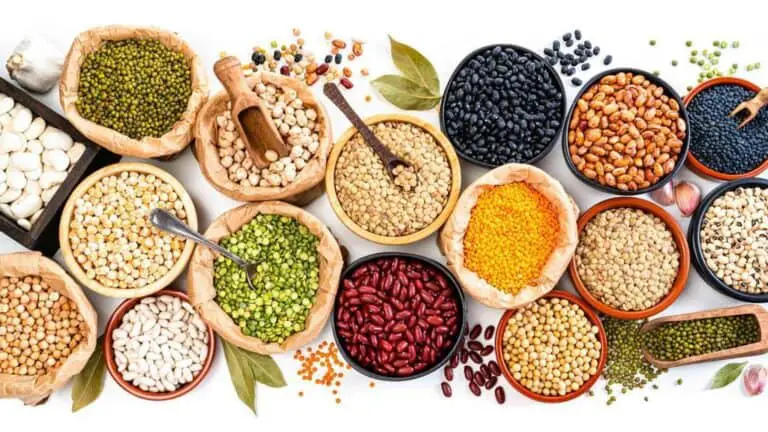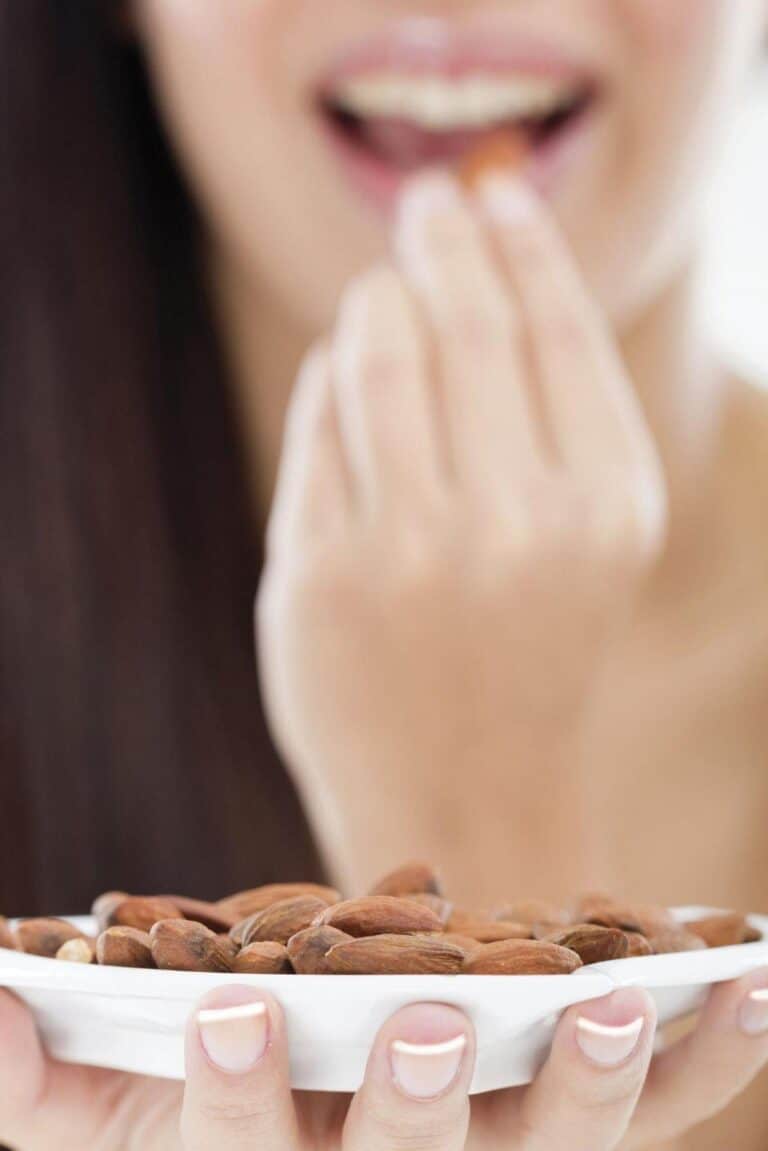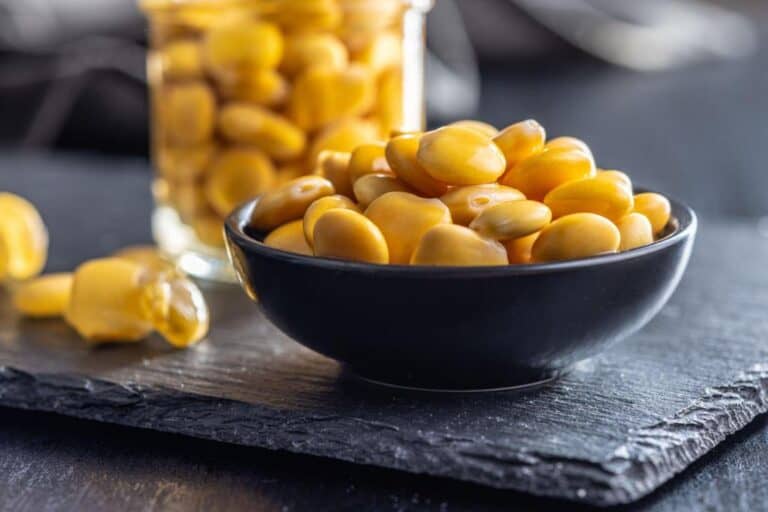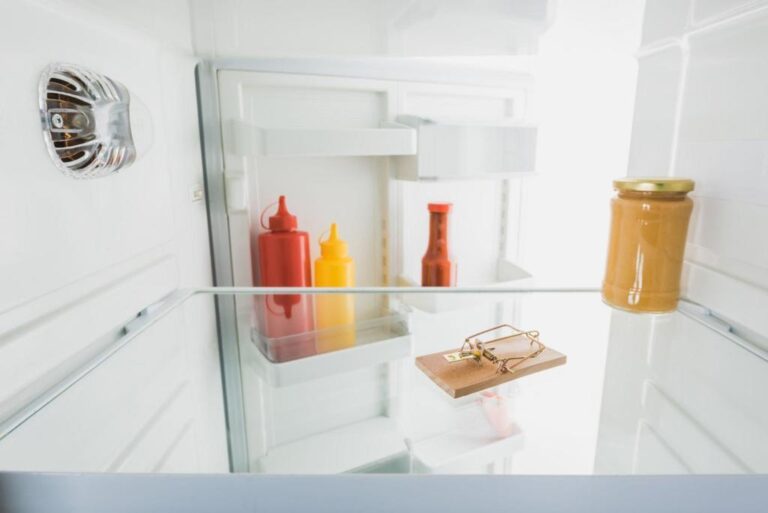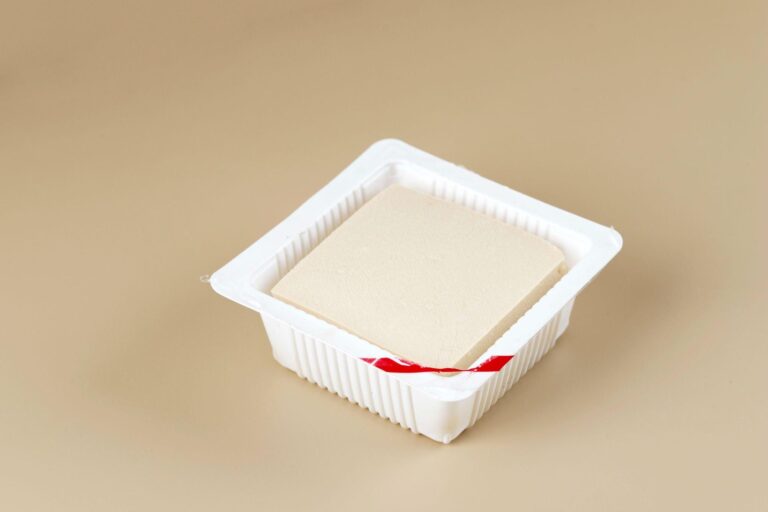Slimy Mushroom Identification: How to Check Mushroom Is Fresh or Not?
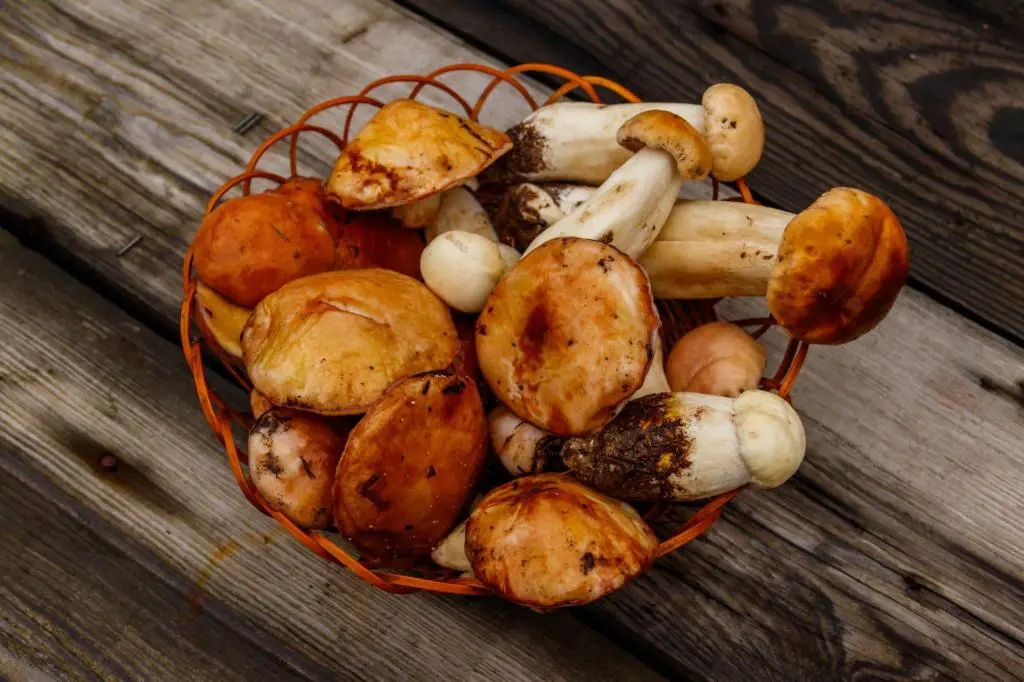
Mushrooms have a unique and delightful place in our culinary world. These earthy delicacies come in various shapes, sizes, and textures, but what about those slimy ones? Are they still safe to eat, or are they past their prime?
Those slippery specimens can leave even the most experienced foragers puzzled. Are they still fit for your pan, or should you cast them aside?
The quest to identify slimy mushrooms is more than a culinary pursuit. It’s a skill that allows you to embrace the forest’s offerings with confidence. No more second-guessing at the sight of a slippery cap or a strange smell.
By the end of this article, you’ll learn how to tell if mushrooms are fresh or not. This will keep your cooking safe and tasty.
So, let’s embark on this mycological odyssey and discover the art of slimy mushroom identification.
How to Identify Slimy Mushroom: Fresh or Not?
Slimy mushrooms can be a bit perplexing, and for a good reason. Their sliminess often raises doubts about their edibility. Some slimy mushrooms are safe to eat, but it’s important to tell them apart from the dangerous ones. This requires a keen eye and a bit of knowledge about their characteristics.
These slimy organisms come in various shapes, sizes, and textures, making them both a delight and a challenge for foragers and chefs. So, how can you tell if a slimy mushroom is fresh and safe to enjoy? Let’s unravel the mysteries of slimy mushroom identification.
1. Cap Appearance
A mushroom’s cap is a critical element in assessing its freshness. Fresh mushrooms should have a clean, dry, and smooth cap. If the cap appears slimy or overly wet, it’s a sign that the mushroom may be past its prime.
2. Gills and Pores
Inspect the gills or pores underneath the cap. Fresh mushrooms have gills or pores that are firm, packed, and free from discoloration or excessive moisture. Sliminess in this area is a red flag.
3. Color
The color of a mushroom can also provide valuable information about its freshness. A fresh mushroom should exhibit its characteristic color without significant browning or discoloration. Discolored or dark spots may show deterioration.
4. Odor
Fresh mushrooms have a mild, earthy aroma. If a mushroom emits a foul or unpleasant smell, it’s a strong indicator of spoilage. Trust your nose; it can be your best ally in mushroom identification.
5. Texture
Touch the mushroom gently. A fresh mushroom should feel firm and crisp. Sliminess, or a mushy texture, is a clear sign of aging or spoilage.
If you learn about these important features and explore the world of mushrooms, you’ll be able to recognize slimy mushrooms. This will make sure that your cooking is both tasty and safe.
Naturally Slimy Mushroom Types
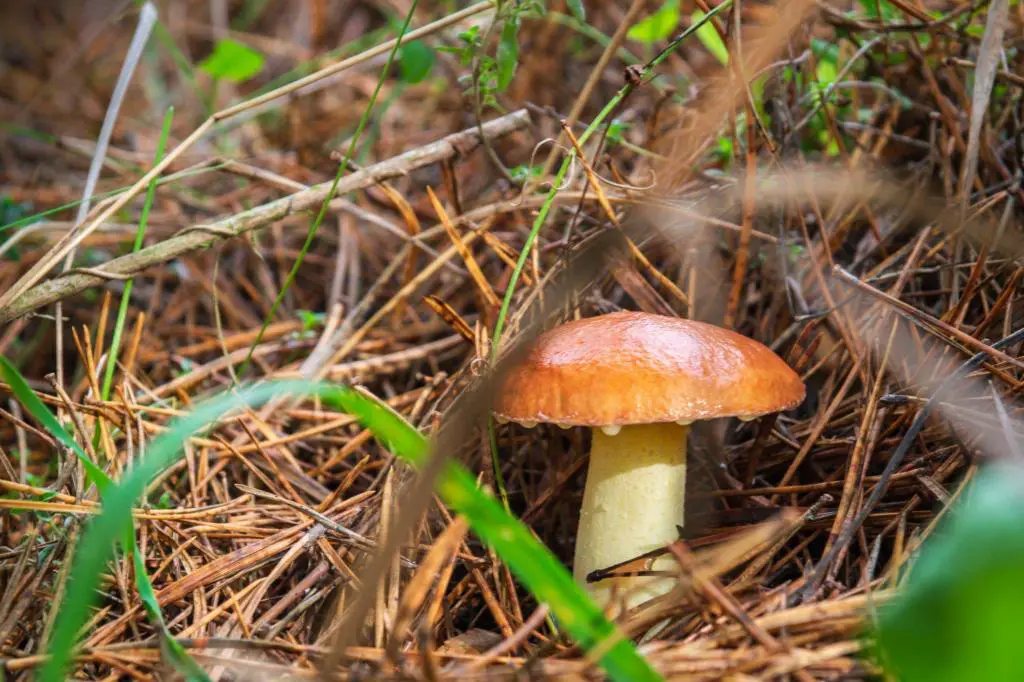
Certain mushrooms are naturally slimy, which adds a unique and delightful touch to their taste. These mushrooms are often used in Asian dishes, adding interesting flavors and textures to your cooking skills.
1. Slippery Jack (Suillus luteus)
- Cap: Smooth, brown, and slimy when wet.
- Gills: Light yellow to pale brown.
- Edibility: Edible when cooked; sliminess can be removed by parboiling.
2. Witch’s Butter (Tremella mesenterica)
- Cap: Bright orange-yellow and jelly-like.
- Gills: Absent.
- Edibility: Not considered edible; used for medicinal purposes.
3. Red Raspberry Slime (Tubifera ferruginosa)
- Cap: Reddish-brown, slimy mass.
- Gills: Absent.
- Edibility: Inedible; considered a slime mold.
Table 1: Common Naturally Slim Mushrooms Varieties
| Mushroom Type | Cap Appearance | Gills/Pores | Edibility |
| Slippery Jack | Smooth, brown, slimy when wet | Light yellow to brown | Edible when cooked |
| Witch’s Butter | Bright orange-yellow, jelly-like | Absent | Not considered edible |
| Red Raspberry Slime | Reddish-brown, slimy mass | Absent | Inedible; slime mold |
Slimy Mushroom or Spoiled Mushroom?
After learning about fresh mushrooms and encountering slimy ones, how can you tell if a slimy mushroom is still safe to eat or if it’s spoiled? Let’s explore the signs that indicate whether a slimy mushroom should be discarded:
1. Excessive Sliminess
While some slimy mushrooms, like Slippery Jacks are edible when cooked, excessive sliminess in any mushroom variety is usually a sign of spoilage. It’s best to err on the side of caution and avoid consuming such specimens.
2. Offensive Odor
A strong, unpleasant odor is often a clear indication that a mushroom is no longer safe to eat. Trust your sense of smell and discard any mushroom that emits an offensive aroma.
3. Mold Growth
If you notice mold growing on a slimy mushroom, it’s a definite sign of spoilage. Mold can be harmful to your health, so it’s essential to discard the mushroom.
4. Changes in Color
If the mushroom has changed color, like dark spots or browning, it is not good to eat.
Storing Mushrooms Properly
To keep your mushrooms fresh for as long as possible, it’s essential to store them correctly. Here are some tips:
- Refrigeration: Store mushrooms in a paper bag or a breathable container in the refrigerator. Avoid plastic bags, as they can trap moisture and lead to sliminess.
- Dry Environment: Keep mushrooms in a dry environment to prevent moisture accumulation, which can promote sliminess.
- Regular Inspection: Check your mushrooms regularly for any signs of deterioration. Remove any slimy or spoiled mushrooms to prevent the spread of spoilage to others.
- Cook or Preserve: If you have a surplus of mushrooms, consider cooking them or preserving them by drying or them to extend their shelf life.
Conclusion
Slimy mushroom identification is a skill that can save you from potential food safety risks. By understanding fresh mushroom characteristics and spoilage signs, you can confidently use mushrooms in your cooking.
Remember, when in doubt, it’s better to err on the side of caution and avoid consuming slimy mushrooms that show signs of spoilage. Enjoy mushroom foraging and cooking with confidence, knowing you can tell fresh from bad specimens.
FAQs on How to Check Slimmy Mushroom Is Fresh or Not?
How do you store slimy mushrooms to keep them fresh?
To store slimy mushrooms and maintain their freshness, place them in a paper bag or a porous container in the refrigerator. Avoid washing them before storage, as excess moisture can accelerate spoilage.
Are all slimy mushrooms inedible or toxic?
Not all slimy mushrooms are inedible or toxic. Some types, like some kinds of slippery jacks and wood ear mushrooms, can be eaten and are even valued in the kitchen. Proper identification is crucial to discern between edible and toxic species.
How can I differentiate between a slimy texture due to spoilage and natural sliminess?
The smell and color of the mushroom can help you tell the difference between natural sliminess and sliminess caused by spoilage.Spoiled mushrooms smell bad and discolor, but slimy mushrooms smell fine and stay the same color.
Are there any general rules to follow when foraging for mushrooms?
General rules for foraging include studying and understanding local species, avoiding areas with pollution, and always using a reliable guidebook or seeking guidance from experienced foragers. It’s crucial to avoid consuming any mushroom without a hundred percent certainty of its identity.
Can slimy mushrooms be used in non-culinary applications?
Slimy mushrooms are mostly used in cooking, but they can also be used in natural dyes, composting, and as natural adhesives.

